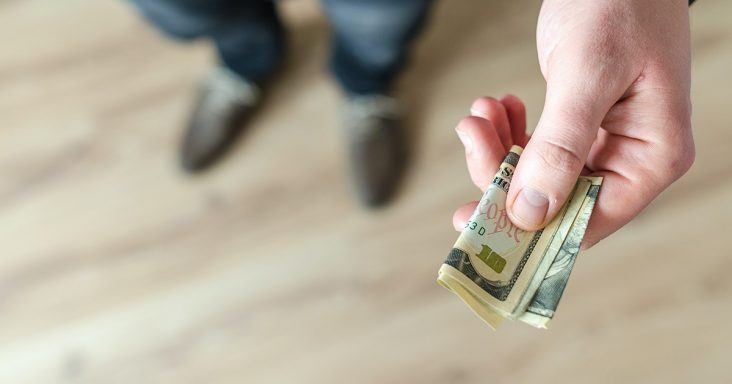Consumer spending up in September; savings decline
by November 2, 2020 9:46 am 652 views

The U.S. has been in a deep recession since February and was accelerated by the COVID-19 pandemic that began in March. Shutdowns devastated consumer spending, but there are signs of a rebound, according to a new federal government report released Monday (Nov. 2).
Consumer spending inched upward again while total savings began to shrink in September, according to the monthly Personal Income and Outlays report from the Bureau of Economic Analysis.
The report showed that personal consumption expenditures increased by 1.4% in September, outpacing personal income, which grew by 0.9% from August. Other positive signs include an overall decline in jobless claims in recent months, and the U.S. had record-breaking GDP growth during the last quarter, according to Bloomberg Economics.
“With pandemic-related government support tapering off, gains in personal income will have to come increasingly from a recovery in economic activity,” John Anderson, an economist for the University of Arkansas System Division of Agriculture said. “As the pace of reopening slows, those gains will also slow.”
Anderson released a same-day analysis of the report, part of a continuing series of analyses examining the effects of the COVID-19 pandemic on the economy.
“With the growth in expenditures exceeding growth in personal income, the personal savings rate dipped a bit in September compared to August,” he said. “The personal savings rate in September worked out to 14.3% – its lowest level since March, but still about double the typical pre-pandemic rate of saving.”
The personal savings rate is savings as a percentage of disposable personal income.
Anderson said consumer spending was fairly broad-based, with growth in nearly all major spending categories. Spending on goods rose 2.2% in September.
“Consumers have shown themselves willing to spend on goods during the pandemic, to some extent as a substitute for foregone travel and recreation spending,” Anderson said. “Barring another round of widespread, pandemic-induced job losses, as in March and April, spending on goods ought to hold up reasonably well.”
Spending on food services gained 1.5% in September. “This was the smallest rate of gain since May. Food service spending in September remained about 12 percent below the pre-pandemic January level.
Spending in the hard-hit services sector rose 0.8%. Anderson said “recovery in the service sector continues to progress – but at a slower pace in September” than previous months.
As the number of COVID-19 cases rises again, “it will be interesting to see how consumer spending holds up over the next two or three months,” he said. “Rising COVID case counts may well encourage some consumers to increase their social distancing behavior – even without another hard shutdown, which is not out of the question in some jurisdictions – likely undoing some of the recent gains in service sectors like food service and accommodations, transportation and recreation.”
Despite vulnerabilities in the services sector, however, Anderson said that any downturn would not be “likely approaching the March-May experience.”
Positive economic movement could be hampered by a rise in COVID-19 cases. In recent weeks, cases have spiked to all-time highs. Despite this, Bloomberg Economics predicts a small recovery moving into 2021.
“Activity varies significantly across sectors: steady demand continues to boost manufacturing and housing, while services — like restaurant bookings — are stalling,” Bloomberg economist Eliza Winger said. “The surge in the net number of virus cases remains below the July peak and with less willingness for widespread lockdowns, the economy is likely to eke out modest growth.”
